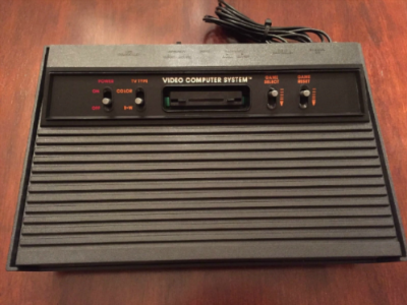We all have one or know someone who does — that old transistor radio that Grandpa used to listen to the baseball games with, or the old game console we had as a kid with graphics we cannot help but laugh at today, yet want to play because of the memories it evokes.
 These old, obsolete electronics may be quite valuable to a collector or to the owner for the memories. In the industrial world, however, there is no such thing as collectible or sentimental value, just real production value. As your automation electronics age, the risk of failure increases along with the associated downtime. Downtime that can increase exponentially with each passing year.
These old, obsolete electronics may be quite valuable to a collector or to the owner for the memories. In the industrial world, however, there is no such thing as collectible or sentimental value, just real production value. As your automation electronics age, the risk of failure increases along with the associated downtime. Downtime that can increase exponentially with each passing year.
For some items, it may only mean a trip to the parts shelf for a quick replacement. Other failures will require a trip to the local distributor or an overnight shipment from the manufacturer. But what about the part that was discontinued years ago? What if that part is a PLC? Do you have a copy of the program? Do you have the software to program a replacement, if one is found? If so, is there a computer that will even run that software? If not, do you have a resource that can quickly help you
There are many aging systems in operation, and there are a variety of reasons they get overlooked:
1. Current personnel don’t know or understand the system and its requirements. Knowledge of the system may have left with retirement, downsizing, death of key employees, etc.
2. Cost of replacement is not in the budget. Components and labor costs are high, so we squeeze everything we can out of the old equipment.
3. Complacency takes over. “It has never given a bit of trouble before,” or “If we ignore it, hopefully we won’t have to deal with it.”
We all are trying to get the most possible from every system, but do we truly understand the potential problems that lurk within older equipment?
1. Have you taken the time to really evaluate each system?
2. Do you have personnel that are truly qualified to determine the requirements for replacement? How many times have we looked at a project and thought, “This is a 20 minute project,” and 2 hours later we are only half way done?
3. Can upgrading the equipment actually improve our efficiency and/or quality?
The true cost of an equipment failure is not just the cost of the part and the labor, but also the lost down time. It is no secret that planning ahead and scheduling the replacement of aging equipment can save money in all aspects of production and can actually save money with increased efficiency.
Don’t hesitate. Call someone today who can properly evaluate your system and give you a realistic evaluation of your aging equipment. The savings could be huge.

